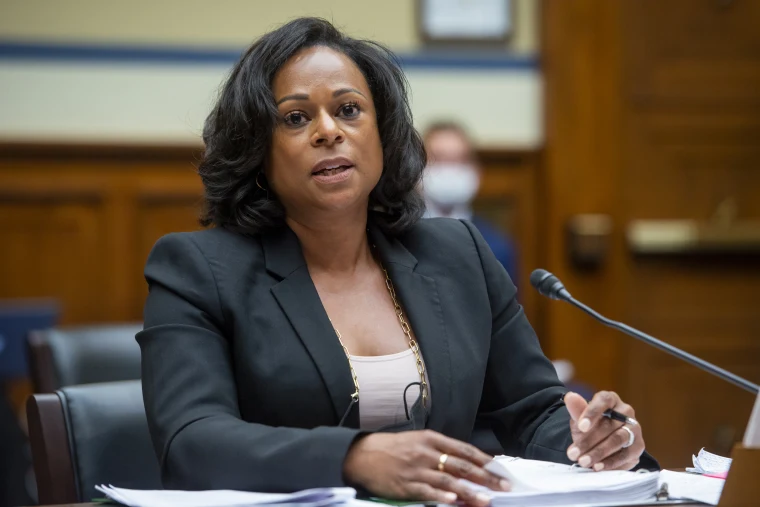US redistricting battle explained: What’s happening in Texas—and why it matters nationally

Texas Democrats stand firm in redistricting showdown as national stakes rise ahead of 2026 elections.
Redistricting is the once-a-decade (and sometimes mid-decade) process of redrawing political maps that decide who represents whom. It shapes which communities have a real shot at electing candidates of their choice—and which don’t. Texas has just become the central arena in a fast-moving fight that could influence control of the U.S. House in 2026, with blue states weighing counter-moves of their own. Here’s what you need to know, without the jargon.
What is redistricting—and what is gerrymandering?
Redistricting redraws districts for Congress and state legislatures to reflect population changes identified by the U.S. Census. Gerrymandering is when those lines are engineered to advantage one party or diminish the power of certain voters. The U.S. Supreme Court has said federal courts won’t police partisan gerrymandering claims (that’s Rucho v. Common Cause, 2019), but racial gerrymandering and violations of the Voting Rights Act (VRA) are still subject to challenge (for example, Allen v. Milligan, 2023).
Why is Texas in the spotlight right now?
Texas Republicans are advancing a mid-decade congressional map they say reflects political realities; Democrats call it an aggressive gerrymander. After a two-week walkout to deny the Texas House a quorum, Democrats returned on August 18, 2025, clearing the way for the GOP plan to move forward. The proposed map is widely described as aiming to add around five Republican-leaning seats ahead of the 2026 midterms.
Wait—mid-decade? Is that even allowed?
Usually maps follow the decennial census. But mid-decade redraws aren’t banned. In 2006, the Supreme Court’s LULAC v. Perry decision involving Texas confirmed mid-cycle redistricting can be lawful, though it struck one district under the VRA’s protections for Latino voters. The upshot: mid-decade remaps are permissible, but they must still comply with the Constitution and the VRA.
How does redistricting work in Texas?
In Texas, the Legislature draws congressional and state legislative lines, subject to the governor’s signature or veto. If the Legislature misses deadlines for state legislative maps, a five-member Legislative Redistricting Board (LRB) can step in, but the LRB does not draw the congressional map. Courts can and often do review or impose interim maps if litigation follows.
What legal rules constrain the maps?
Think of three guardrails:
-
Equal population (the “one person, one vote” principle) under the U.S. Constitution.
-
Voting Rights Act, Section 2, which can require creating or preserving districts that allow minority voters to elect candidates of choice when certain conditions (the Gingles factors) are met. The Supreme Court reaffirmed Section 2’s vitality in Allen v. Milligan (2023).
-
Racial gerrymandering bans under the Equal Protection Clause: race can’t predominate in line-drawing without a strong, narrow justification.
At the same time, Rucho (2019) closed the federal courthouse to partisan gerrymandering claims, pushing those fights to state courts and political processes. And Shelby County v. Holder (2013) effectively ended federal “preclearance” for Texas, removing a major prior check on discriminatory maps.
What exactly happened this week in Austin?
-
Walkout ends: House Democrats returned on August 18, 2025, restoring quorum after a two-week absence. GOP leaders moved to accelerate consideration of the map.
-
Floor tensions: Rep. Nicole Collier remained on the House floor after declining to sign a GOP-ordered DPS escort form intended to guarantee Democrats’ presence for upcoming sessions—an episode that illustrates just how charged the process has become.
-
Next steps: Committee action and fast-tracked floor votes are expected, with lawsuits likely to follow if the map passes.
Why are California and other states part of this story?
Because control of the U.S. House is at stake, blue states are exploring counter-moves. California leaders are pushing a ballot measure to allow a mid-decade redraw to offset Texas gains, a big shift for a state that normally relies on an independent commission. Similar chatter is emerging in New York, New Jersey, New Hampshire, and Maryland. These efforts signal a broader “map war” where each side seeks to neutralize the other’s advantages.
How do analysts tell if a map is “fair”?
Courts and experts look at:
-
Compactness & contiguity: Are districts reasonably shaped and in one piece?
-
Community of interest integrity: Do maps keep culturally, economically, or geographically linked communities together?
-
Functional minority opportunity: Do minority voters have a realistic chance to elect candidates of choice (often tested using past election data and Gingles analysis)?
-
Partisan performance metrics: Tools like the efficiency gap, partisan bias, and mean-median indicate whether a map systematically advantages a party. (These are persuasive to experts; after Rucho, they rarely win federal cases on their own.)
What happens after the Texas map is passed?
Expect litigation on two tracks:
-
VRA/Equal Protection suits alleging dilution of minority voting strength or racial predominance in district design. Courts may order remedial plans or adjust specific districts (as in LULAC and Milligan).
-
State-law challenges, depending on Texas constitutional claims.
Courts can set tight timelines to ensure workable maps are in place before 2026 filing deadlines and primaries.
How can the public engage?
-
Submit testimony or draft maps when committees take public comment (Texas maintains portals and hearing schedules).
-
Track hearings and plans on the official Texas redistricting site.
-
Follow litigation via reputable nonpartisan trackers (Brennan Center, NAACP LDF, Academic Redistricting Project)
Texas is testing the edges of America’s map-making rules again. Mid-decade redistricting is legal in principle, but the details—especially how lines affect minority voters—will determine whether courts step in. With California and others preparing counter-moves, 2026 control of the House may hinge less on national mood than on the precise geometry of a few dozen districts.

